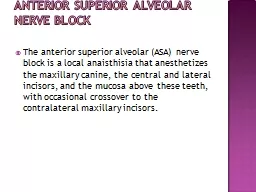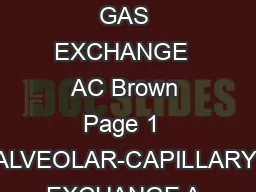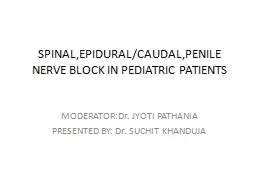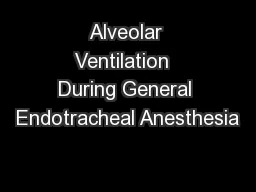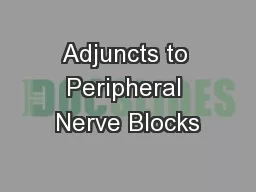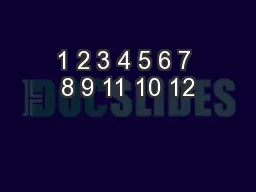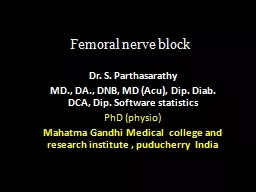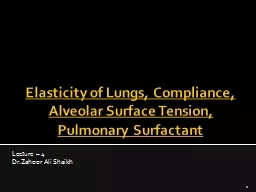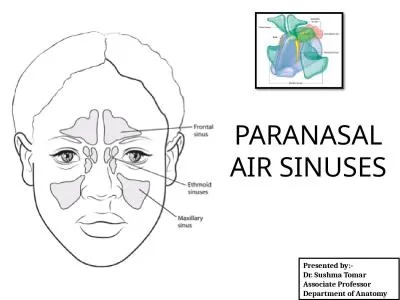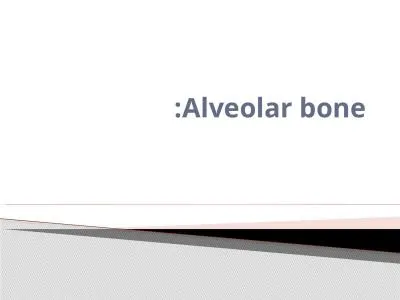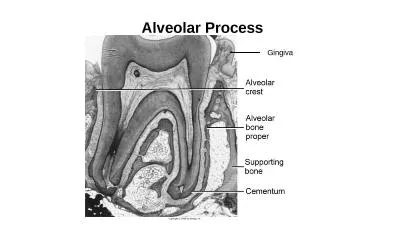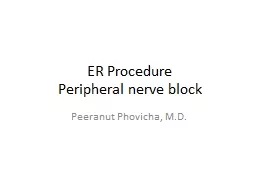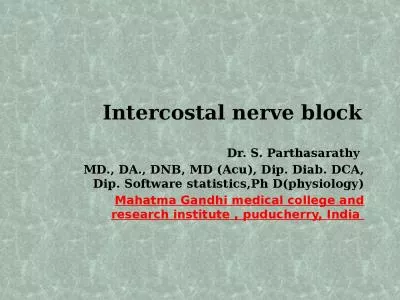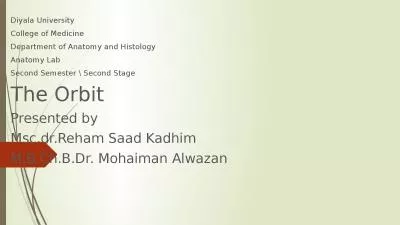PPT-Anterior superior alveolar nerve block
Author : vizettan | Published Date : 2020-06-23
The anterior superior alveolar ASA nerve block is a local anaisthisia that anesthetizes the maxillary canine the central and lateral incisors and the mucosa above
Presentation Embed Code
Download Presentation
Download Presentation The PPT/PDF document "Anterior superior alveolar nerve block" is the property of its rightful owner. Permission is granted to download and print the materials on this website for personal, non-commercial use only, and to display it on your personal computer provided you do not modify the materials and that you retain all copyright notices contained in the materials. By downloading content from our website, you accept the terms of this agreement.
Anterior superior alveolar nerve block: Transcript
Download Rules Of Document
"Anterior superior alveolar nerve block"The content belongs to its owner. You may download and print it for personal use, without modification, and keep all copyright notices. By downloading, you agree to these terms.
Related Documents

